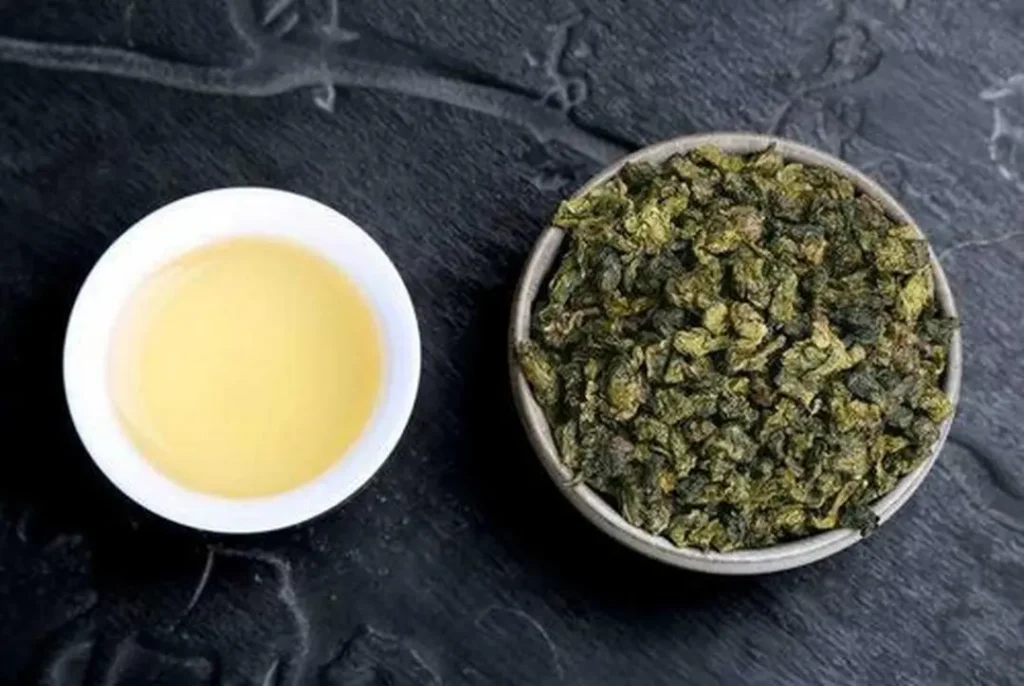Black tea is often referred to as the ‘King ofas Te’ due to its global consumption, which accounts for 70% of the total tea beverages. Before the 14th century, black tea was as renowned in the Chinese market as green tea, but it has gradually lost market share to green tea in China. This is not because people have stopped drinking black tea, but rather due to a shift in preferences. In fact, black tea is an excellent choice, especially during the cold winter months, as a hot cup of black tea warms both the stomach and the heart. This is a point worth discussing with others. Today, we will four explore ‘cold knowledge’ facts about black tea, which, once learned, will surely impress others with your tea expertise.
Black tea and red broken tea. Those well-versed in tea are likely aware of a beverage known as red broken tea, a product of a special craft. After the fresh leaves undergo traditional processing, they are subjected to a unique cutting process, making them finer and adding a rolling step. This step further compresses and tears the tight leaves, allowing for better fermentation and ultimately producing the finished product.
Yunnan Dian Hong black tea is grown from large-leaf varieties with unique and superior genetic traits. These large-leaf fresh leaves are typically much larger than small-leaf varieties, resulting in a higher yield of finished tea. Moreover, during the withering and fermentation processes, they release a more intense and lasting aroma and flavor characteristic of large-leaf tea.
Next, let’s consider the variety of raw materials for Yunnan Dian Hong. Yunnan Dian Hong boasts an extremely rich selection of large-leaf varieties, which are not only more uniform in strain but also have relatively stable genetics. This results in a purer, more authentic, longer-lasting, and more stable flavor profile for Yunnan Dian Hong. Furthermore, the unique climatic conditions of Yunnan contribute to the tea’s quality. Yunnan’s highland climate creates a mild, humid environment with ample sunlight and significant diurnal temperature variation, which is ideal for tea production. This allows Yunnan Dian Hong to be optimized during both leaf picking and manufacturing processes. It also ensures that the tea retains its fresh aroma and maintains its fragrance through complex procedures and various climates. Last but not least, the exquisite and unique crafting skills of Yunnan Dian Hong are a result of the continuous inheritance and development of ancient techniques. Combining traditional craftsmanship with modern equipment and improving traditional processes through scientific methods, Yunnan Dian Hong has become a fragrant and enticing tea with a distinctive appeal. Yunnan Dian Hong also has clear and stable high-quality characteristics, making it a rare and sought-after beverage worldwide. Why is it not suitable to brew Yunnan Dian Hong in a Gaihu pot? Generally, people use Zisha pots for brewing, with the more expensive ones being preferred. Zisha pots are chosen for their ability to absorb impurities and isolate the temperature inside the pot, preventing it from cracking due to significant temperature differences. They also retain heat, which helps maintain a stable water temperature. However, for brewing black tea, a pot is not suitable because it’s important to control the water temperature below 100 degrees Celsius to ensure a quick infusion. Using a pot for infusion can lead to slower extraction and easier evaporation of the aroma. Additionally, using Zisha pots can be detrimental to the intestines, liver, and kidneys. This can cause a burden, especially for those with pre-existing gastrointestinal issues, leading to discomfort. Lastly, the amount used for brewing is also a concern. Different brewing methods require different amounts. Generally, it is appropriate to fill the pot up to eight-tenths full, not exceeding ten-tenths full.When using a Gaiwan for brewing, it should be filled to one-fifth of its capacity. This indicates that using a Zisha teapot would require one-third more tea than using a Gaiwan, which can also lead to a stronger taste. Factors affecting the taste include: Water Temperature: For different types of tea, water temperature is one of the significant factors affecting taste. For instance, high water temperature can release more bitter substances in green tea, leading to a strong soup flavor. In contrast, Oolong tea is less restrictive regarding water temperature, allowing for personal preference in choosing lower or higher water temperatures to achieve the desired taste. Water Source: The source of water also greatly affects the taste of the brewed tea soup. Different regions, such as the Yangtze River, Yellow River, Qinghai Lake, and Dongting Mountain, each have their unique taste preferences. Generally, water from the Yangtze River is sweeter, Yellow River water is lighter, Qinghai Lake water is profound, and Dongting Mountain water is clear and pollution-free. Brewing Technique: Brewing technique also plays a crucial role in taste. A person who precisely masters brewing skills can adjust the taste by changing the water flow rate or the tilt angle to achieve the best results. Amount of Tea: People with different requirements for thickness may adjust the amount of dry tea used each time based on their personal taste ratio to achieve the most perfect, smooth, and smooth sensation.


